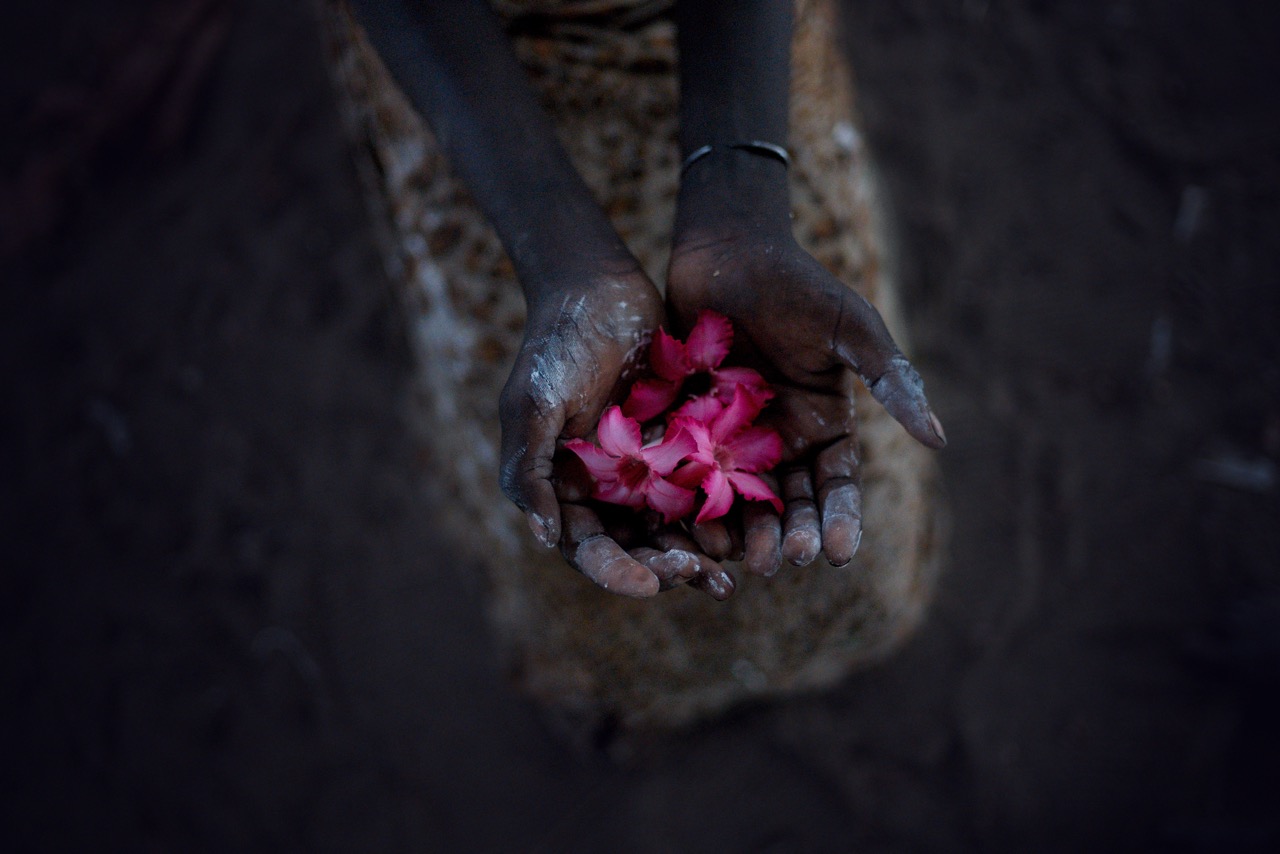
A Tribal Photo Journey in Ethiopia with my Leica M10
by John R. Milton – See John’s last controversial post HERE
This month I decided to embark upon a tribal journey thru Ethiopia to play around some more with my Leica M10. From the modern-day clans of rural Addis Ababa to the enigmatic tribes along the South Sudan border which to this day have had minimal impact from western civilization. This won’t last long though as I saw plenty of modernization encroaching into their territory (Chinese sugar factories and Turkish cotton plantations). This is one of the few areas left on earth where you can visit so many diverse tribes in their rawest / truest form before globalization gobbles them up.
Next up I am traveling in 10 days to the Colombian cocaine jungle labs with the local rebels. Hopefully they won’t hold my M10 for ransom! Perhaps I should cover the red dot 😉
–
–
–
–
–
–
–
–
–
–
–
–
–
–
–
–
–
–
–
–
–
–
–
–
–
–
–
–

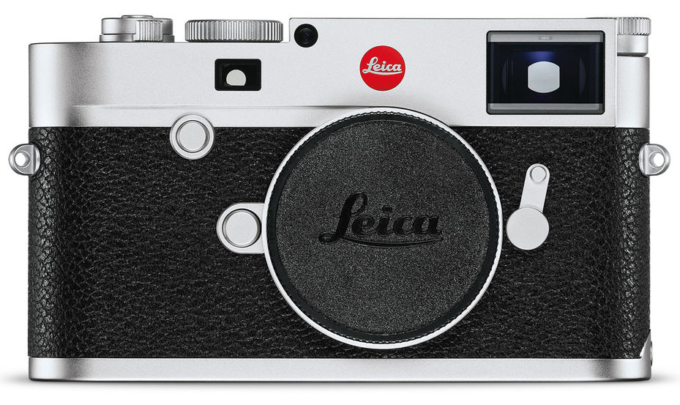
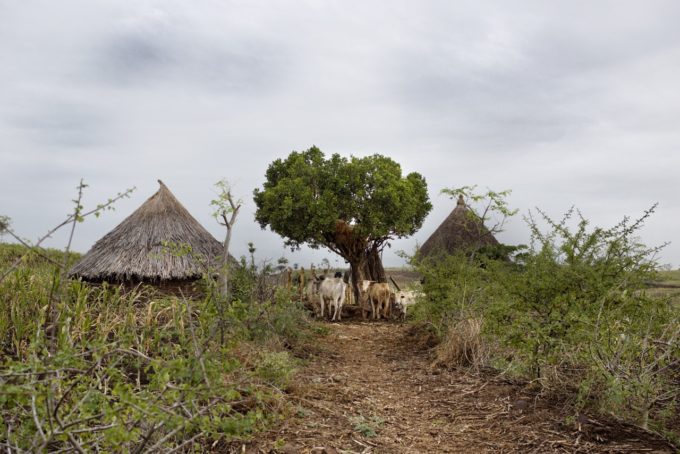
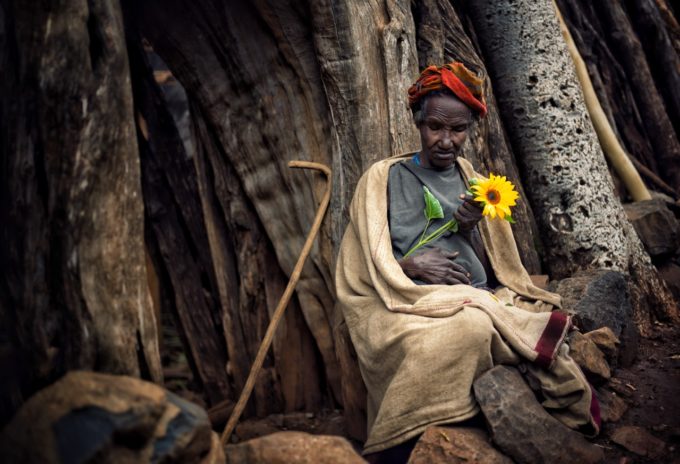
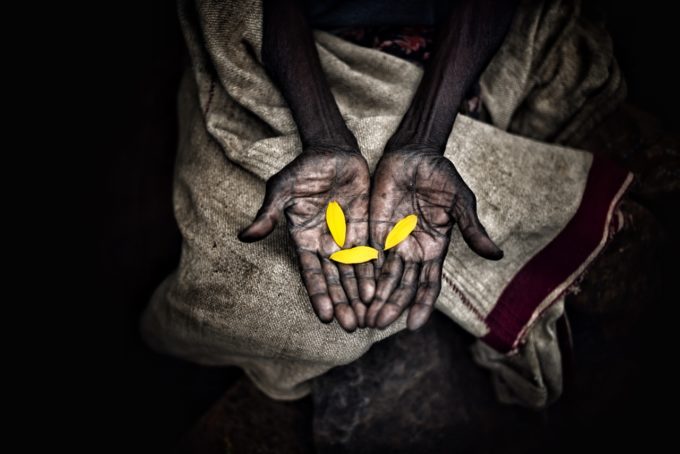
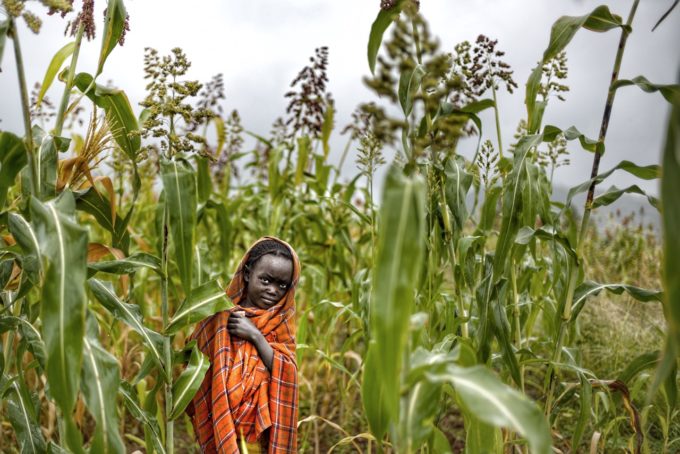
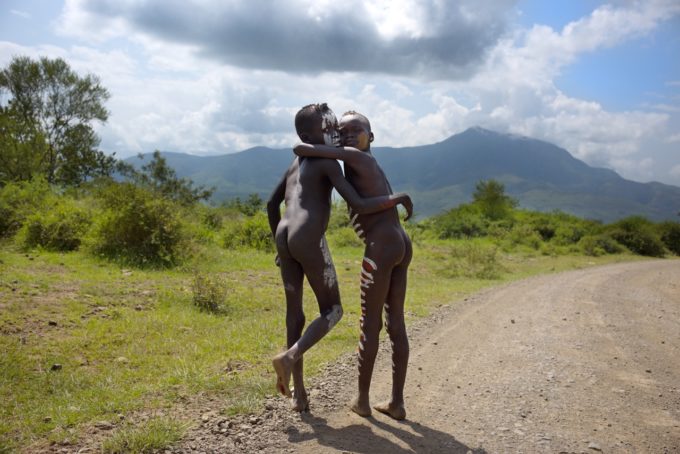
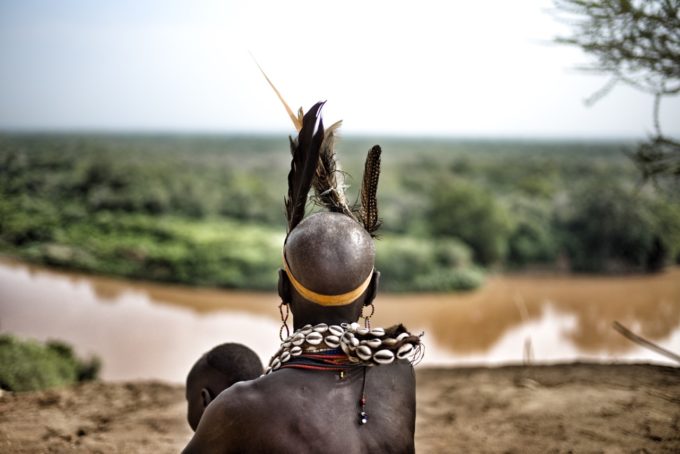
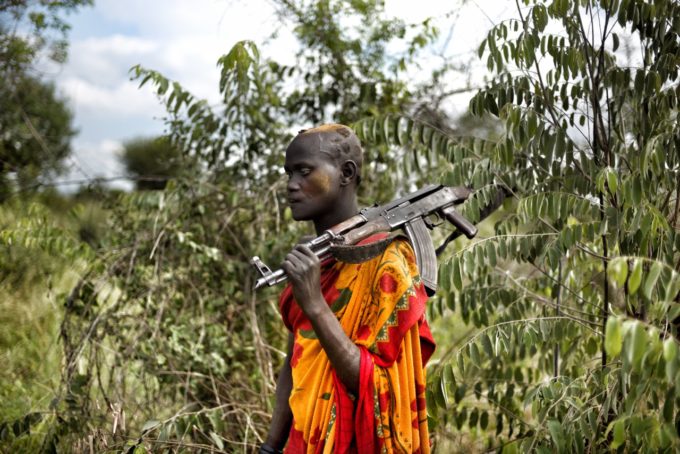
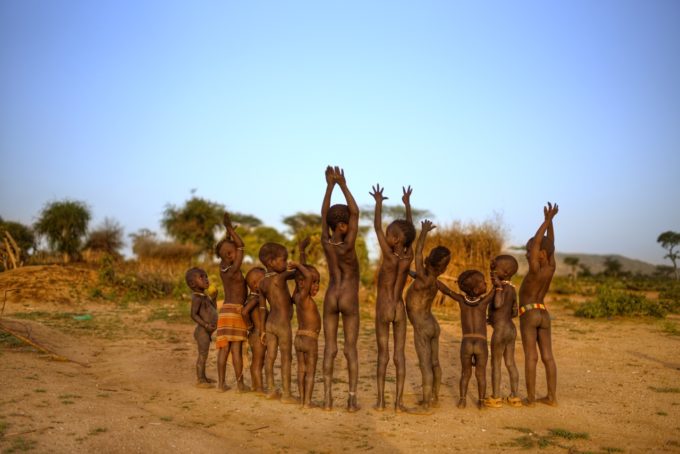
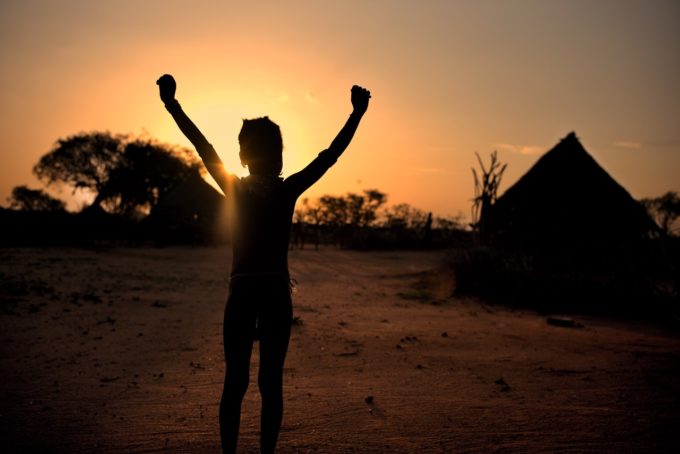
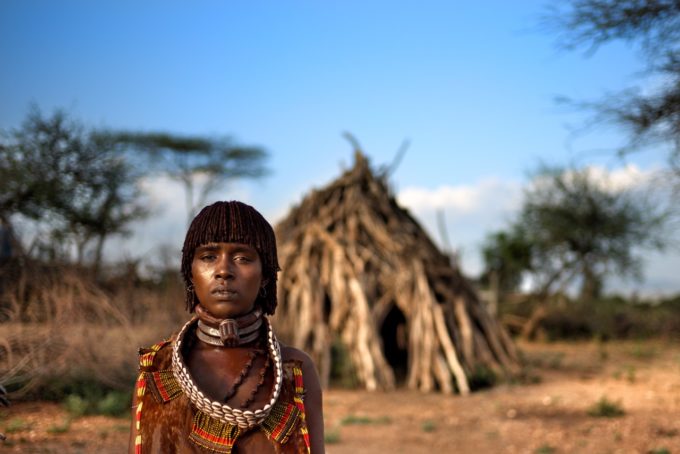
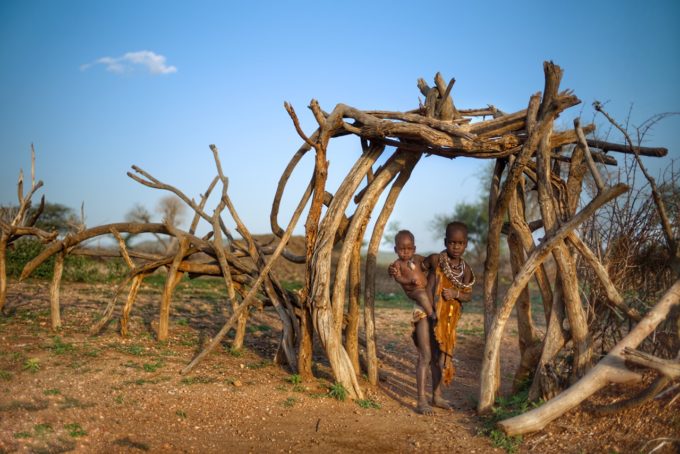
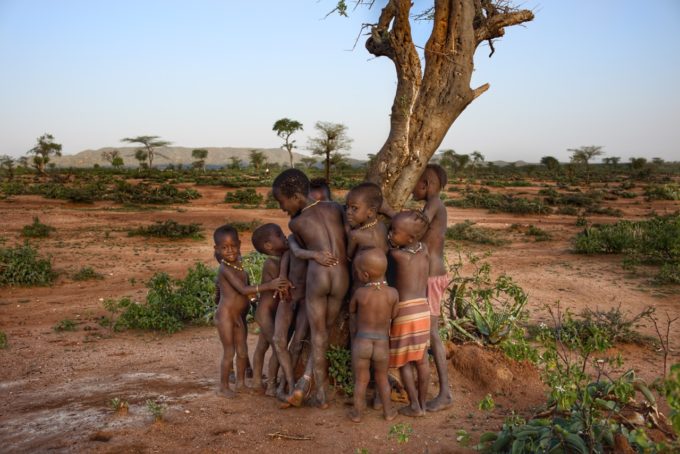
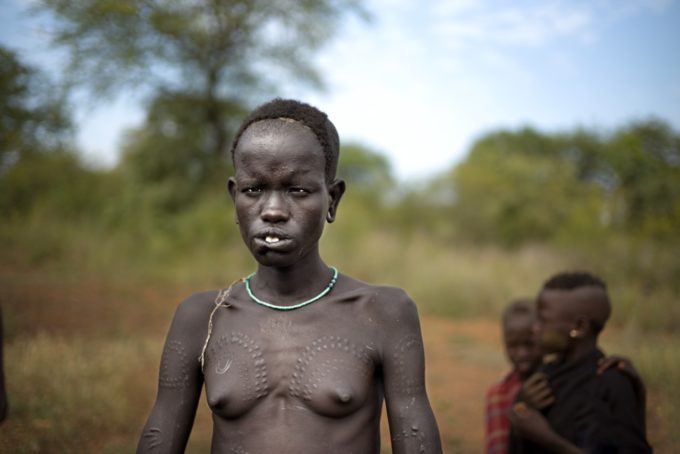
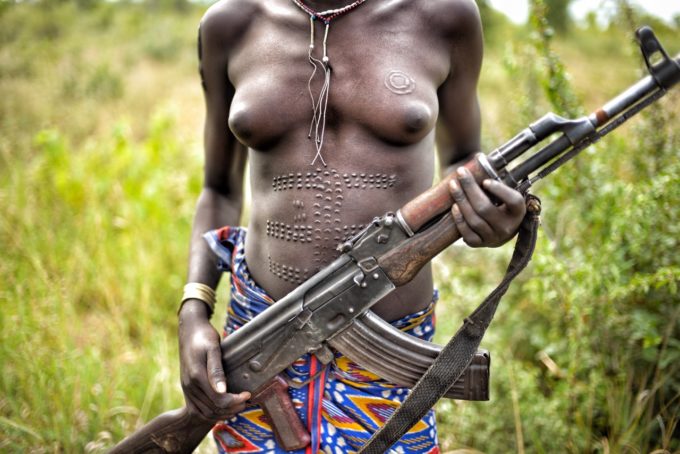
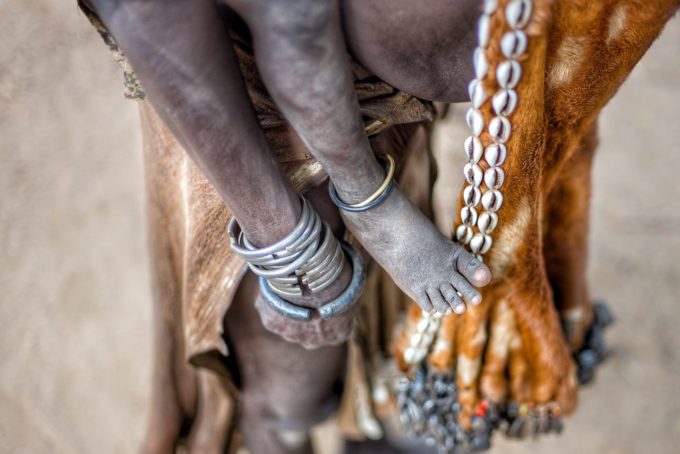
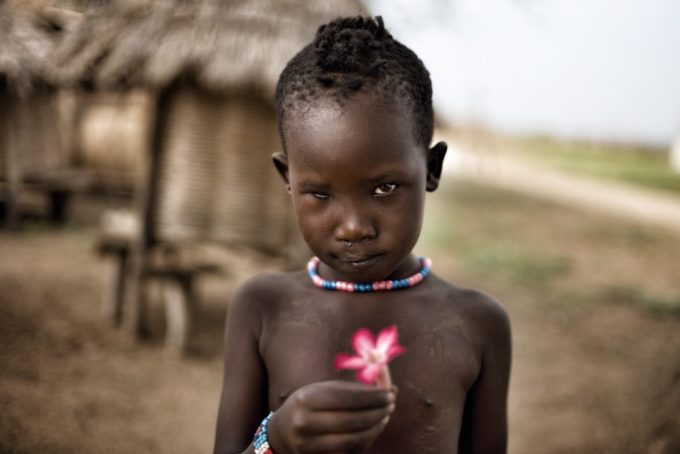
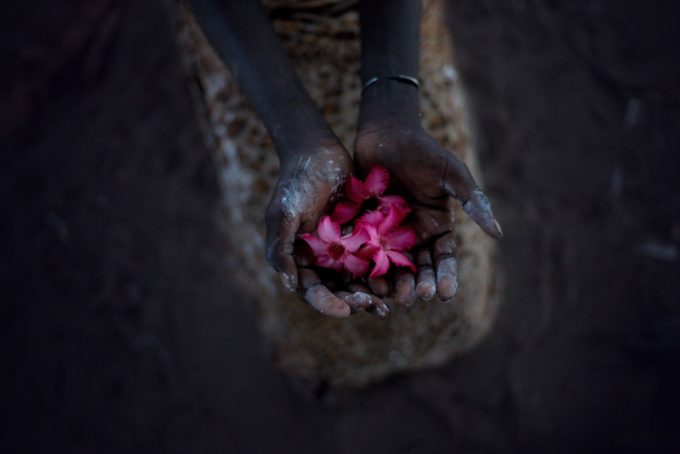
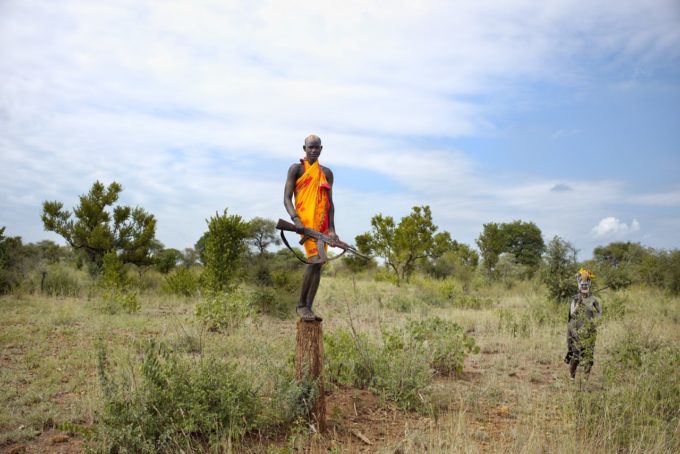
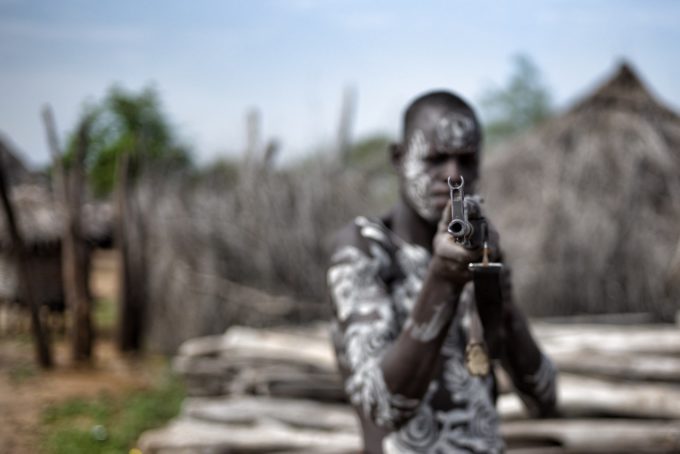
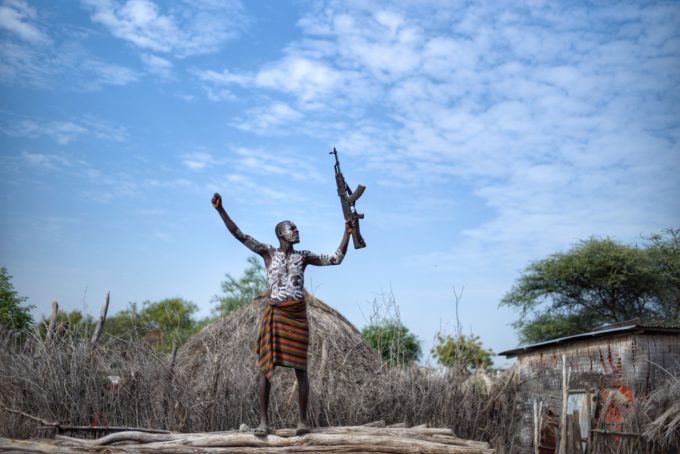
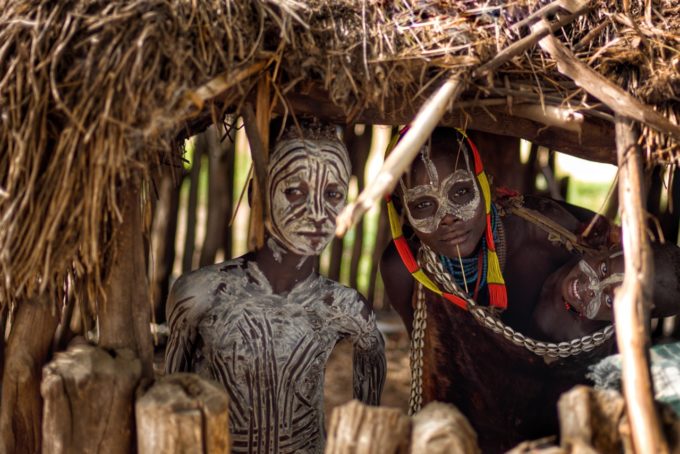
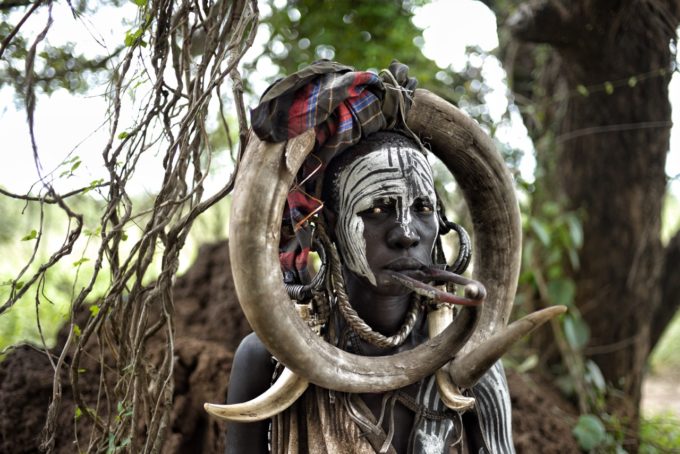
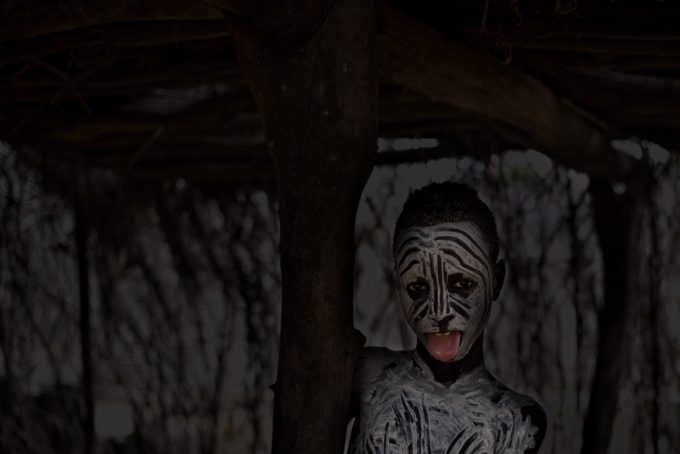
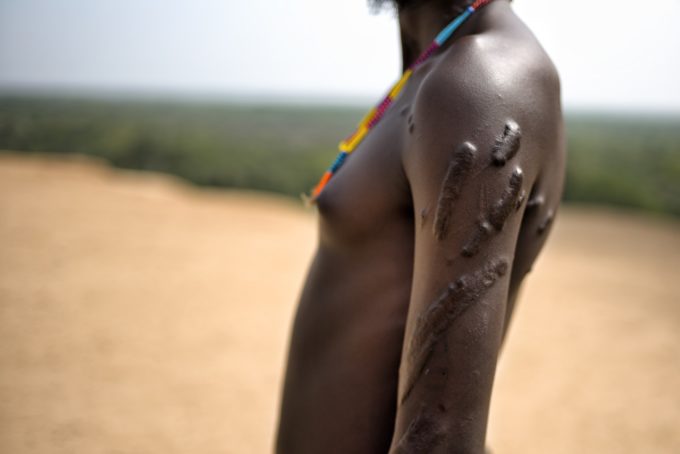
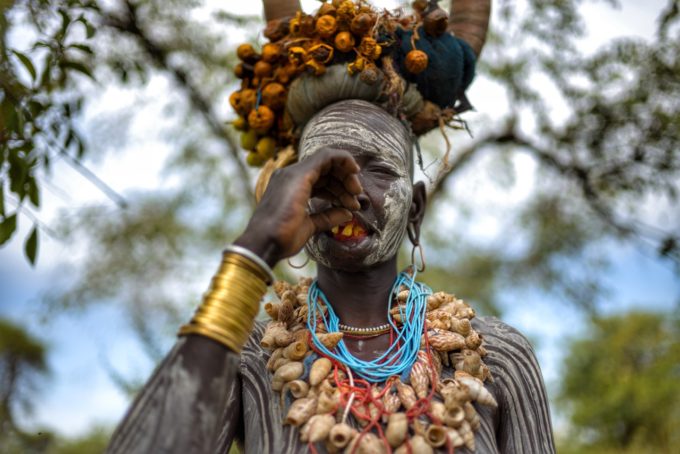
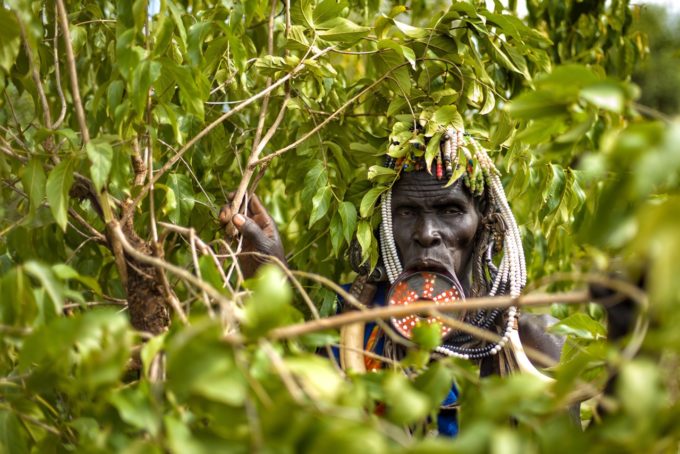

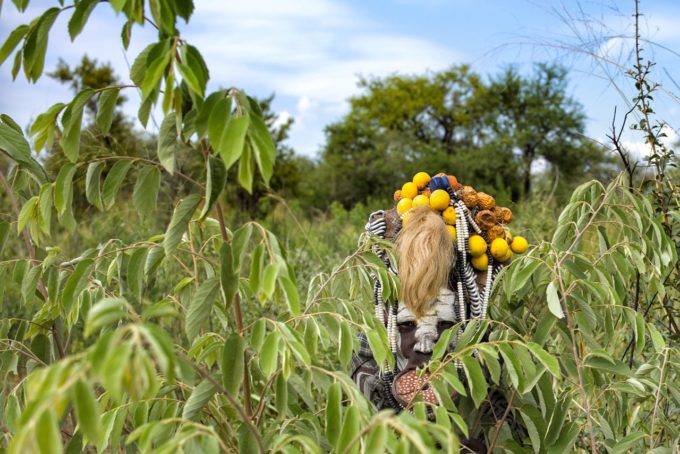

Splendid pictures but seems dangerous trip.
I read all of the comments to date. The only people offended here are those who want to be offended, who look to be offended each and every day of their life. The only sad commentary here is the self-righteous attitude of armchair “photographers” and high-minded moralists.
I thank John Milton for his images! Yes, they make me reflect upon the differences between people and civilizations in this world, and that is wonderful. But I’m not offended. Life is too short to take offence from anything that does not fit one’s limited view of reality.
Well spoken James. Completely agree! I’m looking forward to images from John’s Columbia adventure, and hope that he is safe in his adventure.
Wow, wow, wow. These images are truly stunning–thanks for sharing them!
Impressive work!
I like to ask which lenses did you used and if you work with manual settings on ISO and Shutter Speed or do you use everything Automatically?
I am not sure but in summary the scenes look “modelled”. For how many percent of images did you have to pay and how many were for “free”.
Would you say the images mirror the real life of the country?
Is it just me, or does it sound like some of the replies to this thread smell of being pretty “snarky”? As I complimented a few days ago, regardless of some of the replies, very nice images.
Just in case, for the uninformed… http://onlineslangdictionary.com/meaning-definition-of/snarky
Well, that’s interesting. I feel the whiff of history, from Jack London, Hemingway, the daring reporter /journalist/photographer going to exotic places and documenting life there.
I like the whole concept, and the images also. What strikes me about these etiopians is they probably lack every modern amenity. Except lethal weapons. Seems like the wrong place to start.
Keep it up, be safe.
Amazing! Best wishes on the Colombian expedition!
‘Nards. John has them.
Great pics!
Looking at this beautiful set, it reminds me again why I have such great desire for Leica glass. Alas, none…
If I could pick just two from this group, it would be the hands with yellow leaves and the group of children with hands raised high. Wonderful!
Stay safe in your journeys, sir.
Oh, my! This discussion is becoming really moralistic!
That’s a good thing, right?
Mr. Milton: Thank you for sharing your images. As to the last set, I definitely didn’t like your “wedding/fashion images,” but to each his own. That being said, I did like the rest of the images, of the rebels, of the children studying Qur’aan, etc. And this set is equally impressive. Now … I myself, as a street photographer, although I don’t do anywhere near the incredible work you do, have been criticized for “taking advantage,” for making images in the streets without asking “permission,” for stretching the definition of “public sphere,” etc., have had some of my street photography called “ruin porn,” etc. My take is that photography affords an incredible opportunity to show “life” in its reality. People can choose to look or not, and only YOU know your true intentions for making/taking/offering the images to a viewer. Many times when the viewer objects it is because “something” in the image causes a sort of cognitive dissonance for him or her, and the photographer is shoving it in his/her face, you know? My question to you is this: when you go to some of these places, like in this set, do you offer “something” back to the people (not their corrupt leaders)? Are you “making” photographs? Or “taking” them? Only you can answer that. To me, that makes all the difference. If we’re “taking” photographs, then are we “taking” advantage of the people we are photographing? Is that the reason most decent art schools include ethics classes in their curriculums?
I agree. In my comment (below) I expressed that in my opinion these pictures are exploitative. Some of them, indeed, even seem staged, as other viewers remarked.
The pictures seem of high technical and estethic quality, but what is missing here is a background story, some journalistic approach. In fact, it is the opening sentence of the post that spoils it for me: “This month I decided to embark upon a tribal journey thru Ethiopia to play around some more with my Leica M10.” The seemingly careless writing style, both in spelling (thru) and contents (to play around with the M10), while ingnoring the poor living conditions, to me seems offensive and exploitative. Most readers instantly will draw the conclusion that this is indeed a ‘rich guy with an expensive camera going on a trip hoping to shoot some nice pictures’ while totally ignoring the moral issues and the problems his subjects have.
Powerful and beautiful images .If you have deep questions to ask about the state of the world after seeing these images – then they have worked !
Rgds
Some great images and documentary work! This is a amazing world, isn´t it. I like this kind of postprocessing more than the one in the Congo set.
A good friend of mine and amateur photographer disappeared in a troubled Colombian area a few years ago on his way to an isolated tribe. They took him and left his cameras back. So plan carefully and do not bother to tape the Leica red dot. Looking forward to your images.
Thank you for this fantastic post!
May we can ask, which lenses did you use?
Ugly bokeh and the perspective look to me like a late Pre-asph 50mm Summicron.
Sad pictures of deep pocket guy who travels with his luxury item into the poorest place on earth…. aren t you shy of you? .. amazing to witness how sin controls human mind…
Amazing photos. Loved them all. Leica image quality is something else indeed. Amazing.
Too exploitative to my taste…
Some great photos here – and I have to say that you have much more courage and gumption than I’ll ever have. 🙂 The kids seem quite content. I think my pick of these would be the hands holding the yellow petals. I also like the one of the group of kids doing their stretches (?) and the portrait of the woman in front of a dwelling.
If anyone chastises you for taking a $6,000 Leica to developing countries – and some people just can’t help themselves – you can say that you much prefer it to a $6,000 Nikon. 😉
Hi onteresting work;) I’d like to buy an M10, is it possible to know which lenses did you use for this job?
Stunning pictures John. You are clearly a skilled photographer AND director! Persuading your subjects to pose in this way isn’t easy. Thank you for sharing such stunning pictures. I live in Zimbabwe and have an M9 and I’d be very happy with myself if I’d taken these!
‘Next up I am traveling in 10 days to the Colombian cocaine jungle labs with the local rebels.’
I get it….you’re trying to be different, and edgy. You travel from one place to another…each one more dangerous then the last. Thing is, your luck is going to run out and you’ll be sitting with an Isis knife to your throat wondering what your real motivation was as your life slips away. Somewhere between never leaving your couch and hanging with FARC is a happy medium…
On a side note…some of these images are great! Great colours and much better processing then your last SHP post. The pics are certainly interesting, and admittedly not many would have the balls to go to these locations in this day and age.
There are lots of folks the world over doing potentially dangerous stuff, either out of necessity or for a thrill. At least this guy has some great photography to show for his risk.
Then the last? Is English no longer taught in school?
These are certainly photos of people I haven’t seen before. Very weird by modern Western standards. Thanks for sharing.
Amazing! Thumbs up!
I notice your amazing attetion to detail: the hands pictures, the choice of focus-point in the man pointing rifle at us, and lots of other compositional details. You show us things most of us won’t see in a lifetime, and if some of these had to go very quickly to catch the decisive moment, then all I can say is you have a very sure eye and quick hand.
It’s actually very safe. I did it last year and recognise some of the “models”. Would not have occurred to me to use a rangefinder, though. The real problem is the extremely harsh sunlight which makes it very difficult to achieve sensible contrast. The main risk is driving on Ethiopian roads, where trucks, often driven by unlicensed, young men high on chat (a locally grown drug), regularly overshoot bends, occasionally flattening cars and their occupants. Not so much of a problem down South though, more so closer to Addis.
Beautiful work.
Ethiopia is incredible. I lived in Eritrea while it was still part of Ethiopia. The people are wonderful. I learned so much from them.
Some excellent shots there, mate.
Impressive.
Great work! Very moving and important.
Personally would NOT step anywhere near places and people like this.
Sorry! Sure a great work but truthfully when changes come,
and they will, no one will look at these images!
I have been involved in similar.
Sadly a waste of time!
Better “Photo elephants”..
I’m curious Jason, what do you mean by “when changes come” and “no one will look at these images”? seems like the images, appreciate them or not,
(i do) will stand on their own merit whether said changes come or not. Thanks.
A rather impressive set of images, thank you for sharing.
Great imagery and a very “ballsy” excursion I might add! In this day-and-age, you couldn’t pay me enough to document imagery anywhere near that part of the world. Cudos to you.